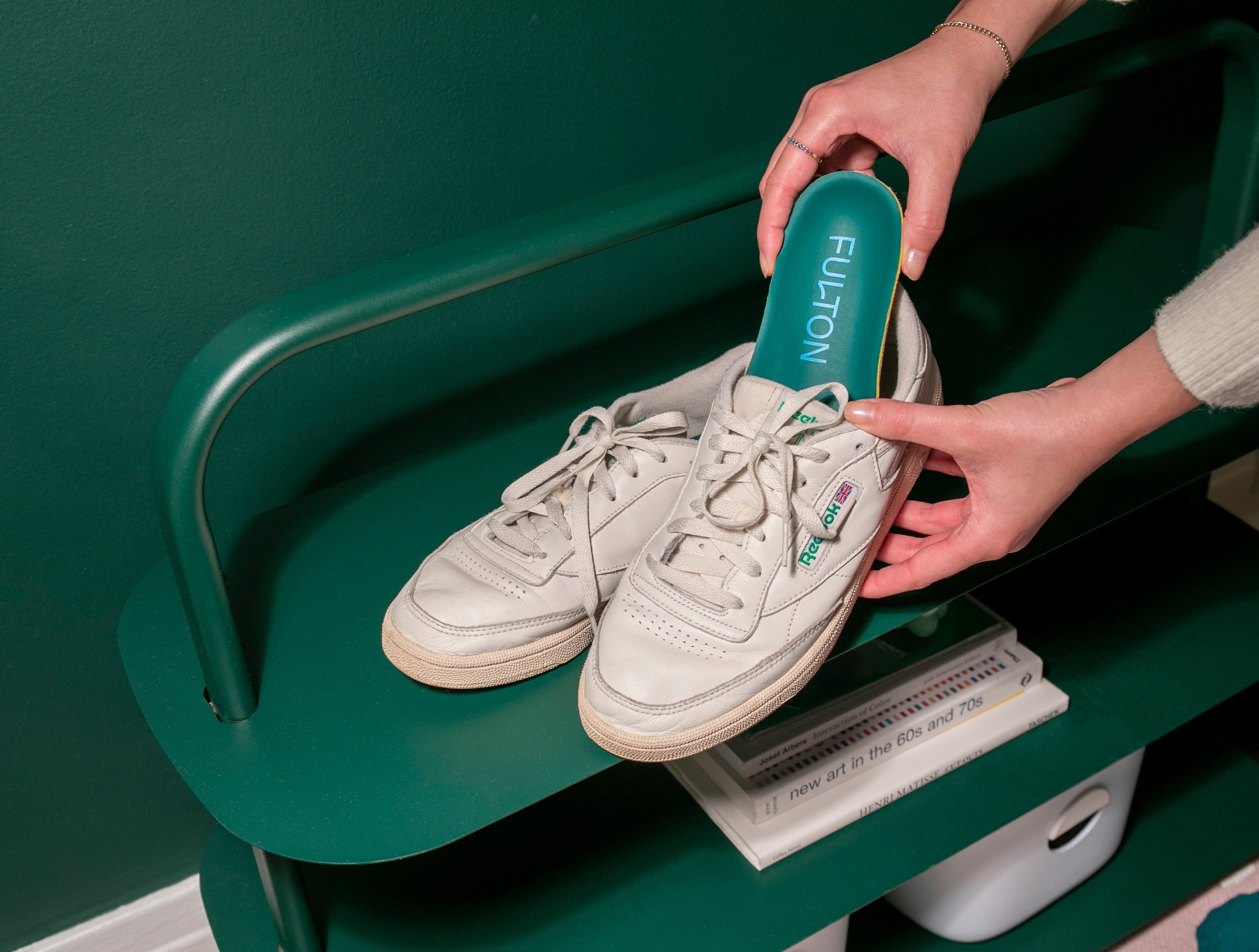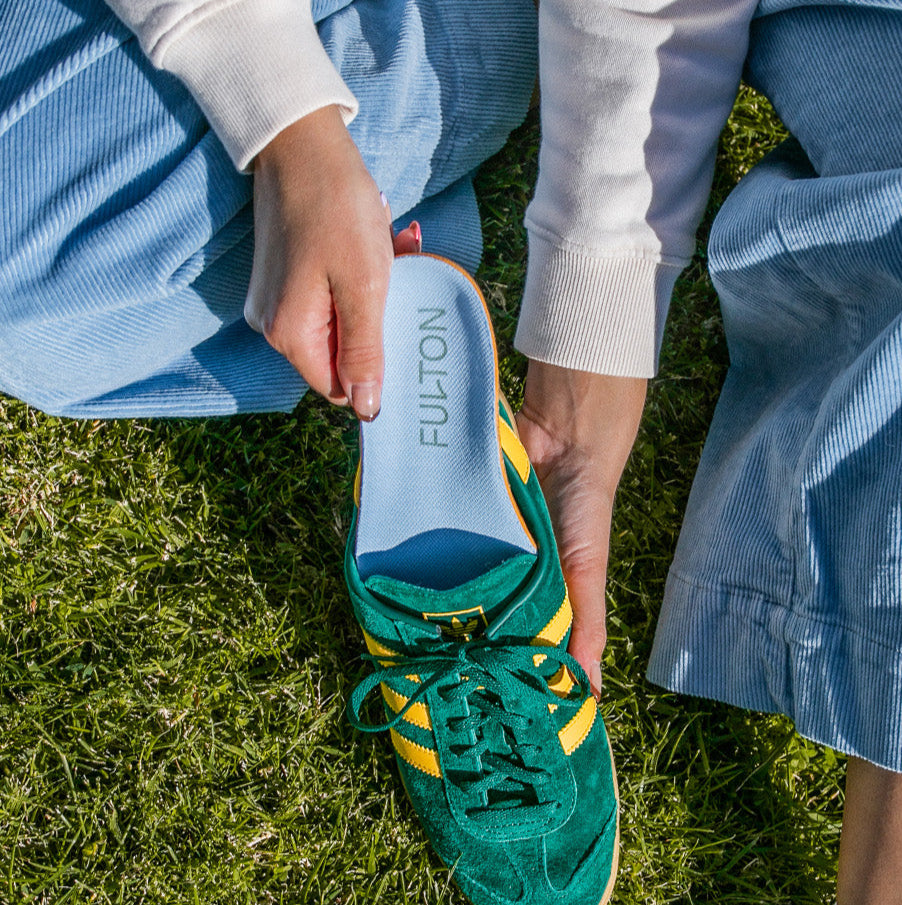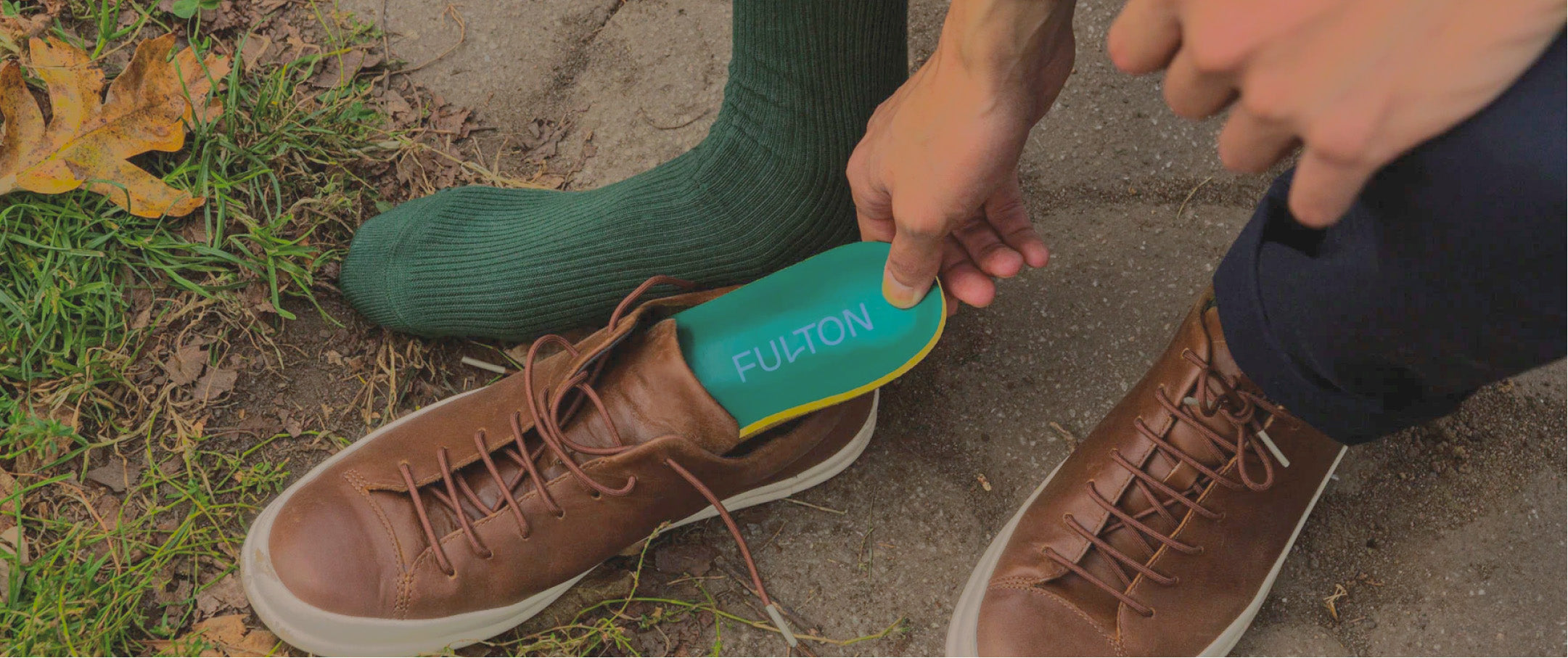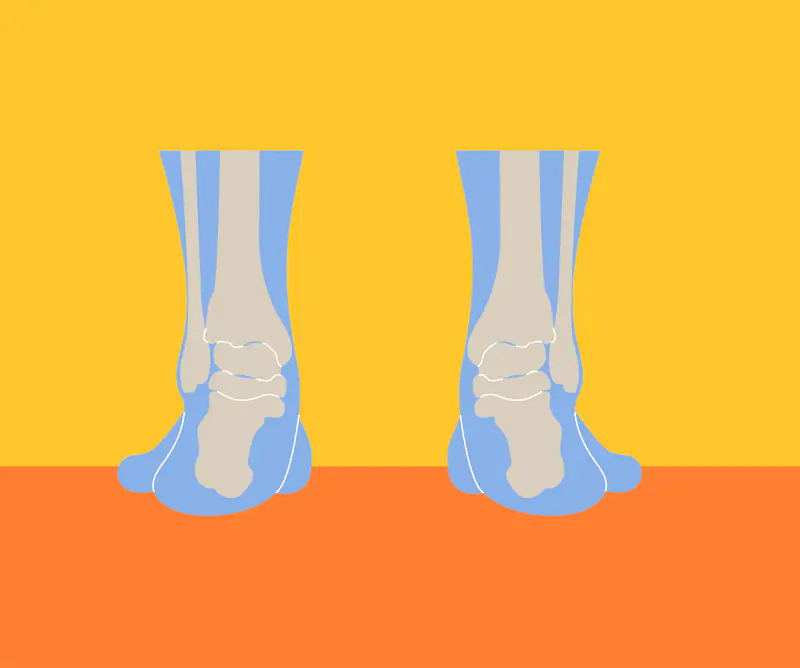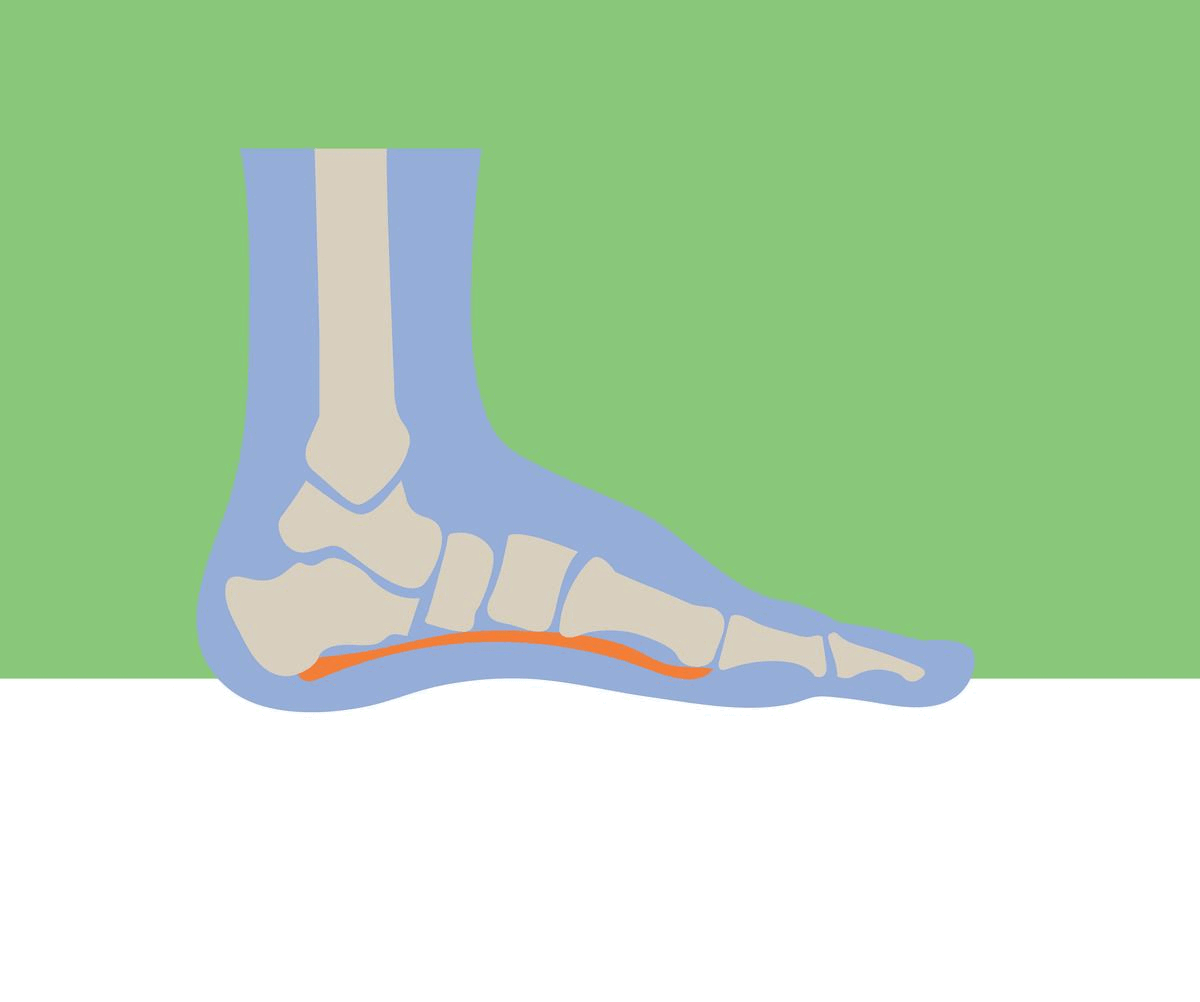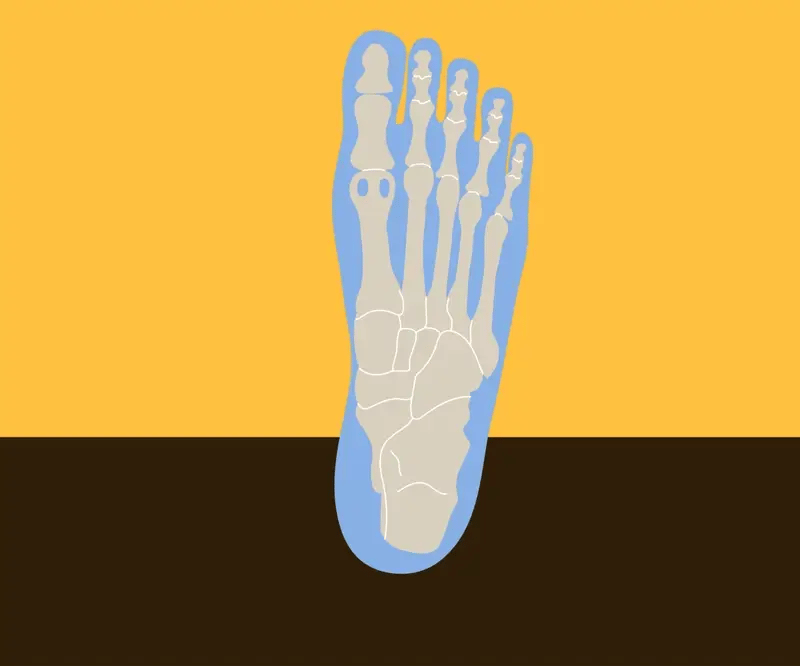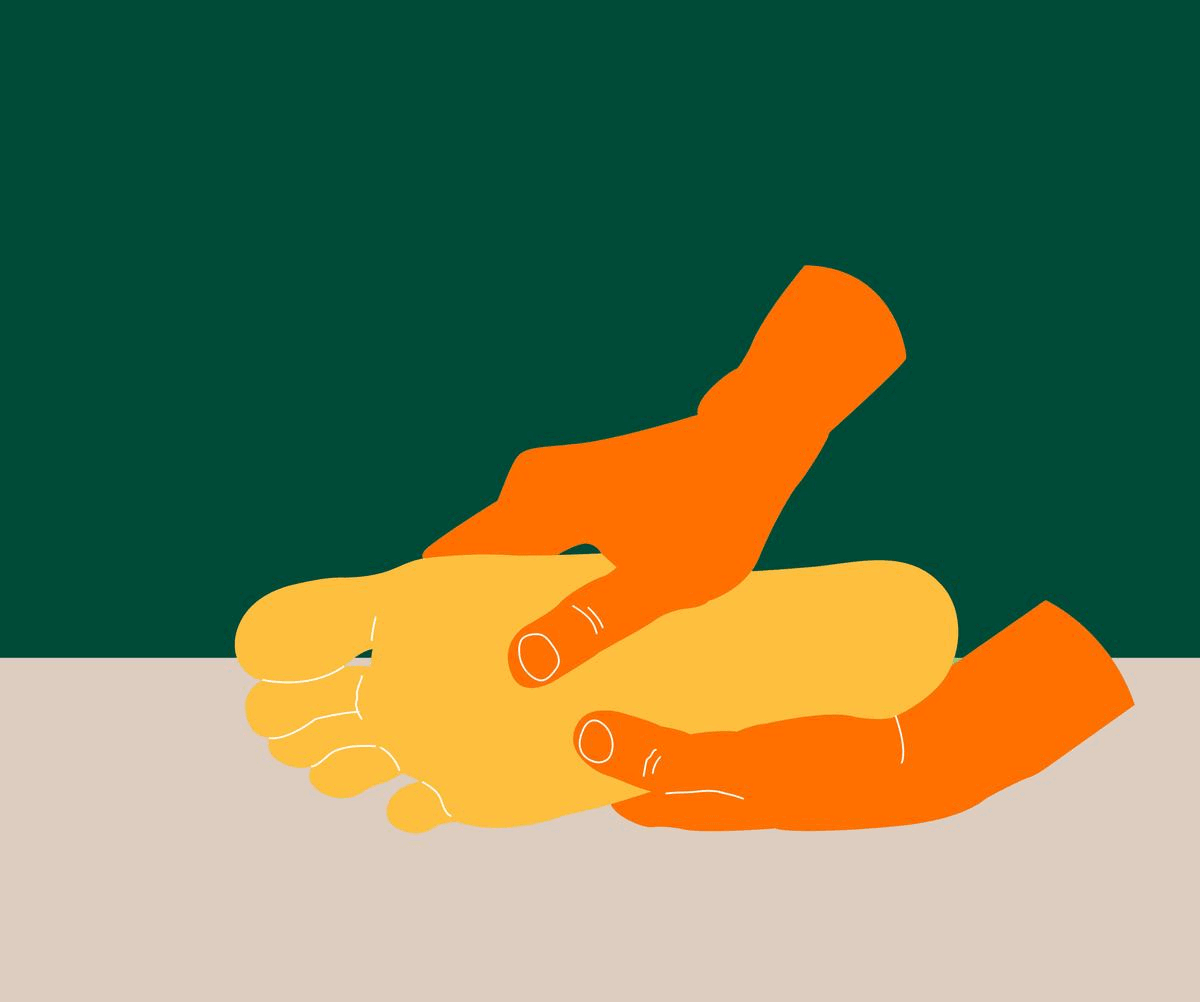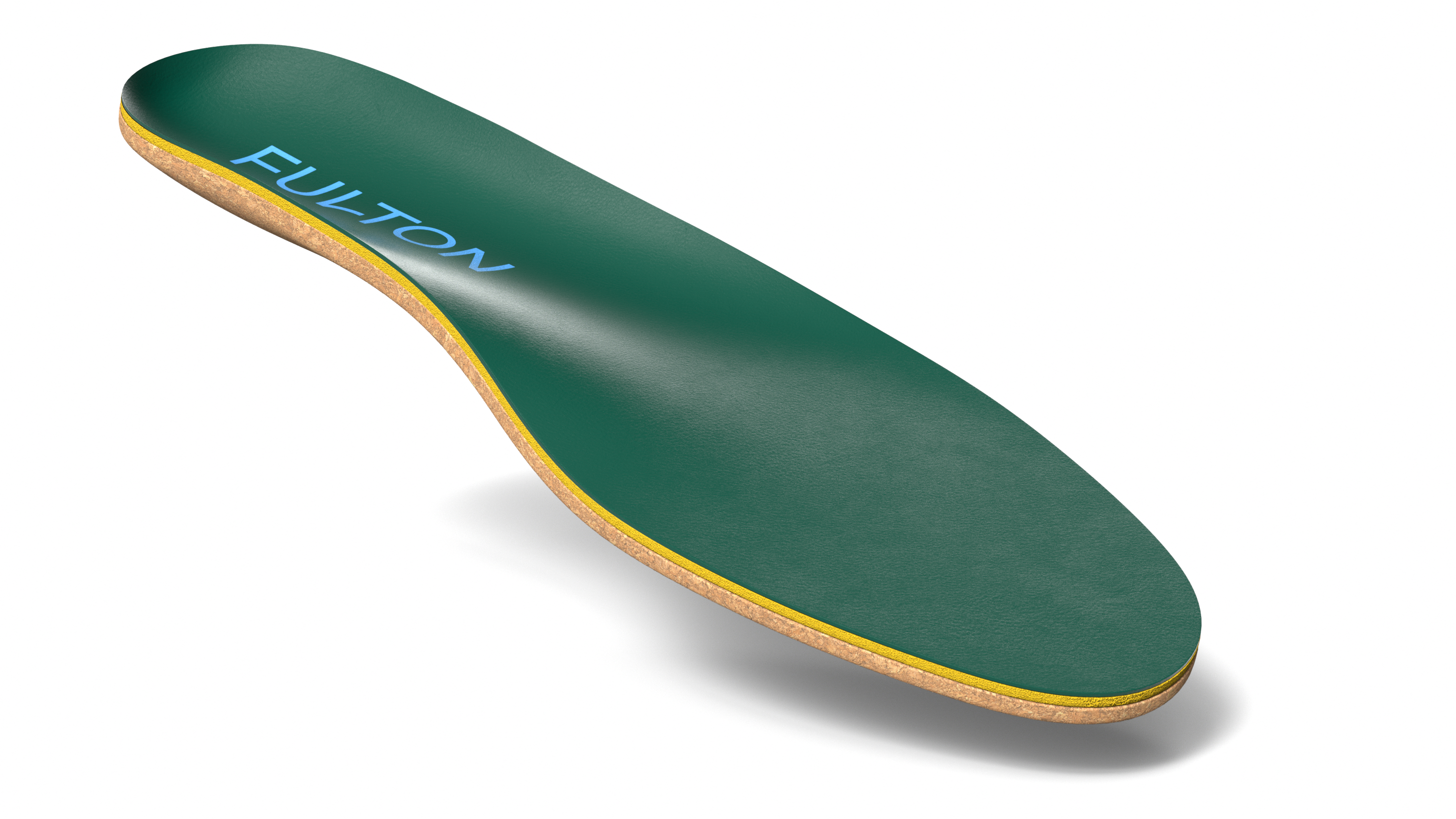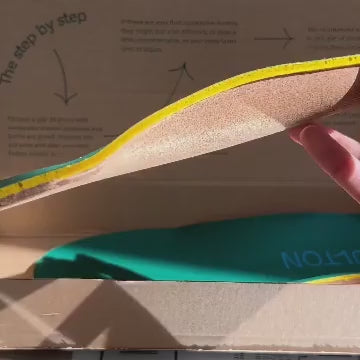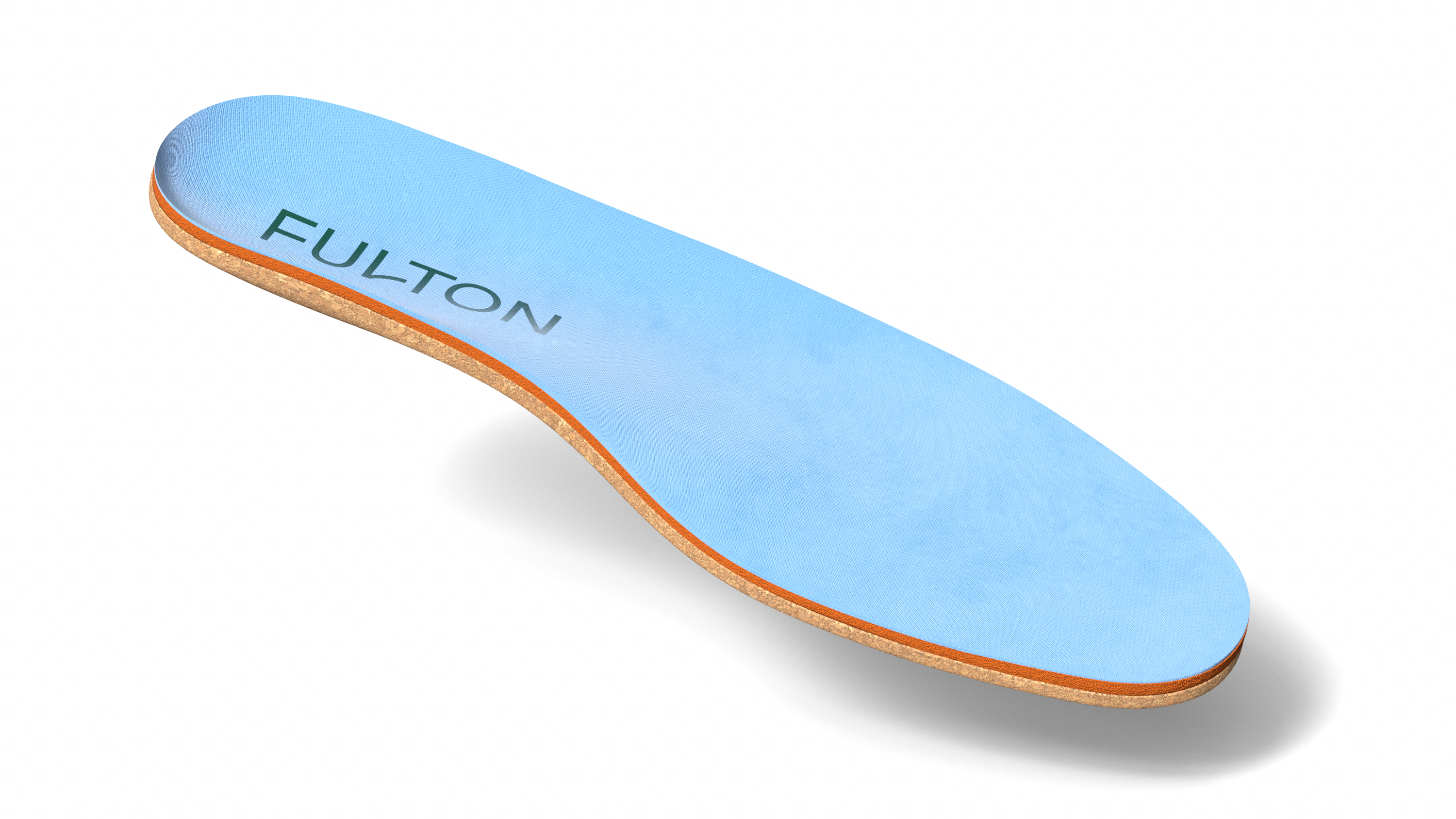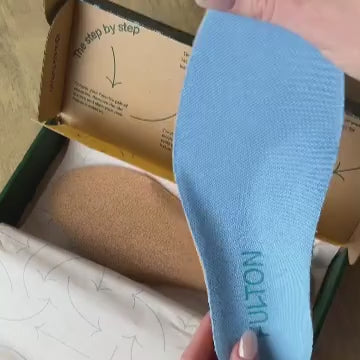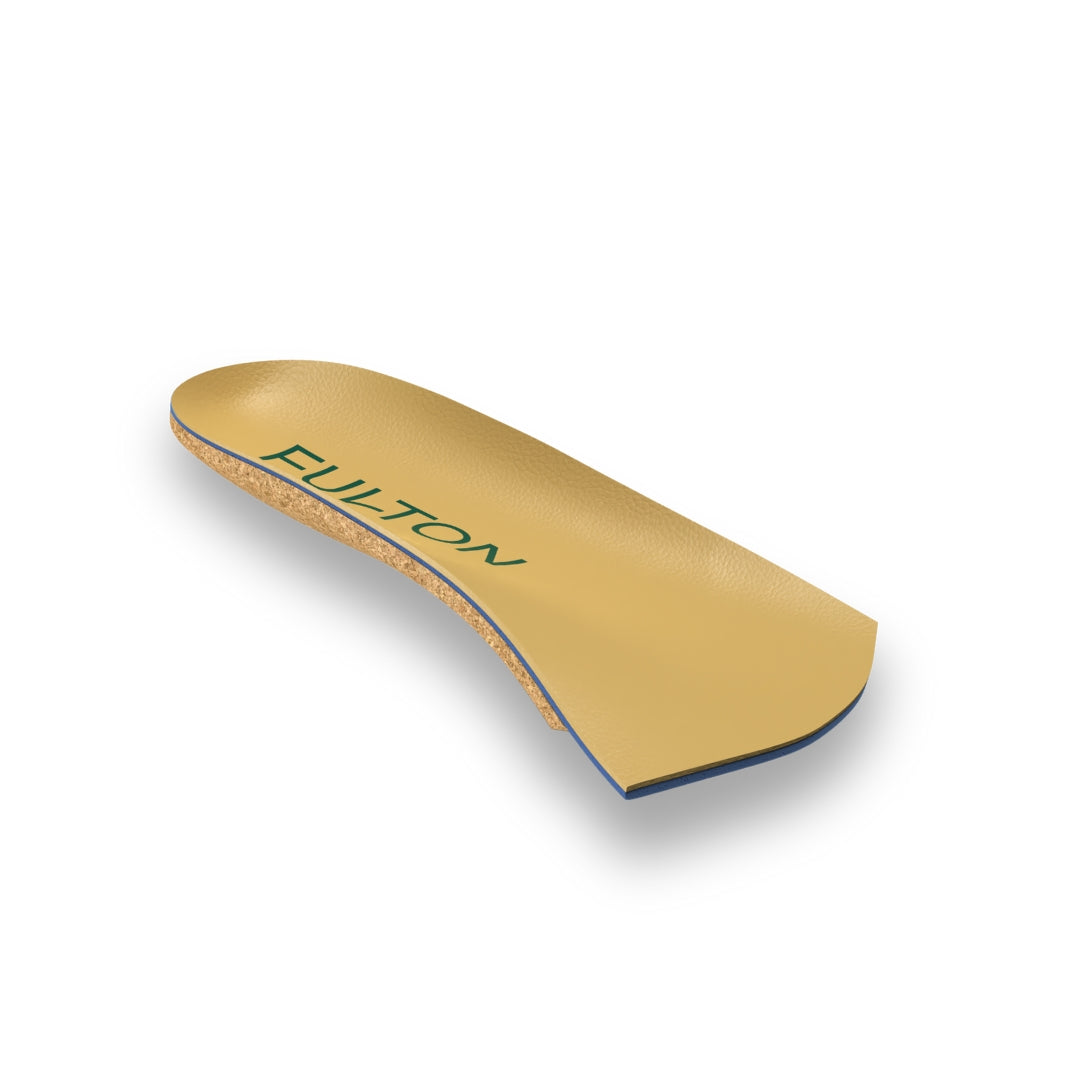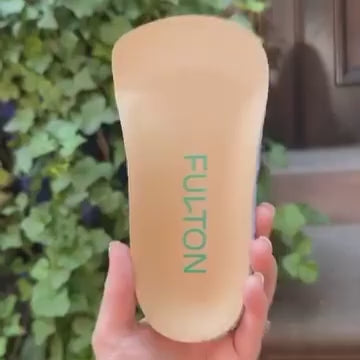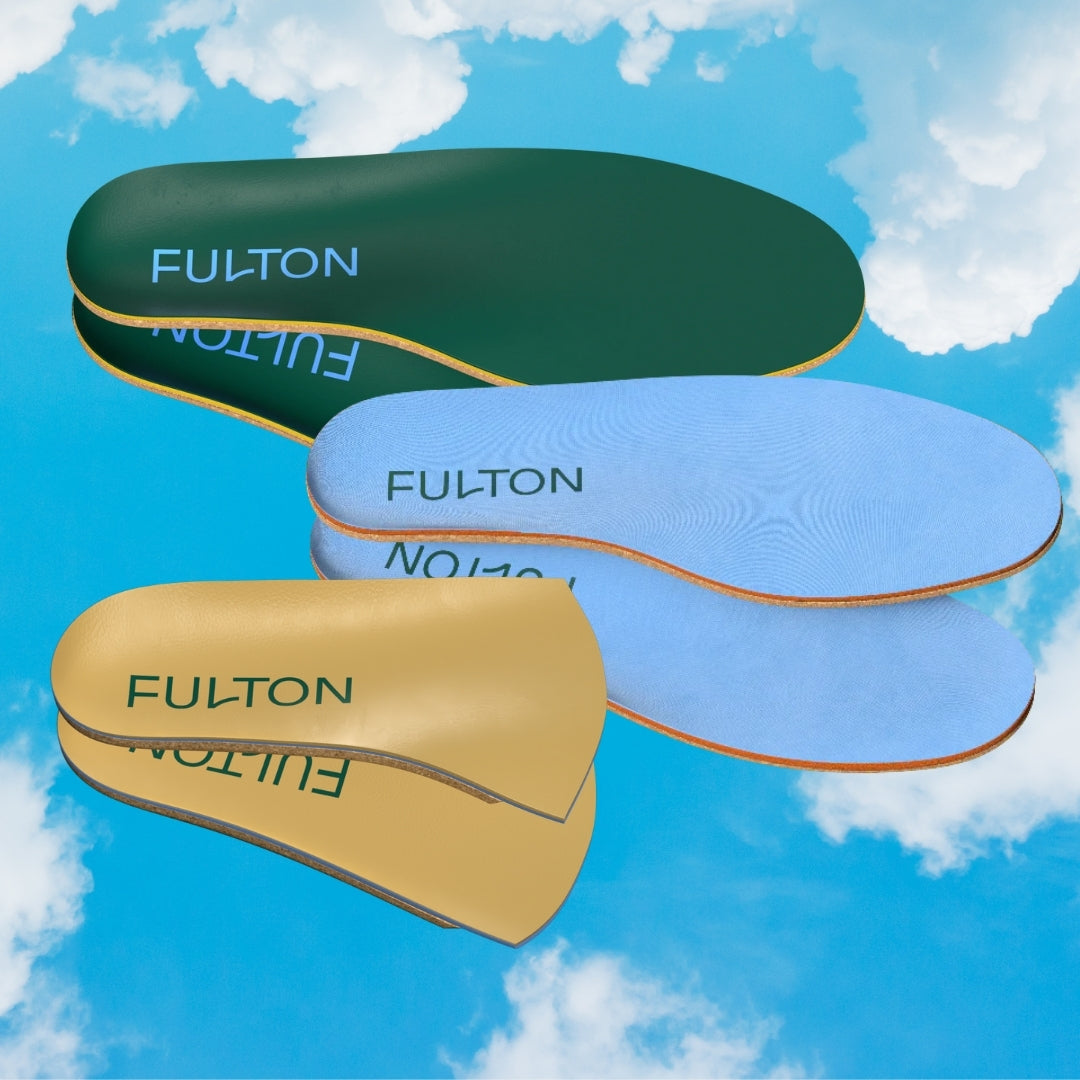Toe Stretching
One of the most effective exercises for Morton's Neuroma is toe stretching. This involves stretching the toes and the bottom of the feet to reduce tension and alleviate pain. Here's how to do it:
- Sit on a chair and place one foot on the opposite knee.
- Use your fingers to gently pull the toes back and hold for 15-30 seconds.
- Release and repeat for 10-15 times.
Golf Ball Roll
Another great exercise for Morton's Neuroma is the golf ball roll. This technique helps to massage the feet and relieve tension.
- Take a golf ball and place it under the foot affected by Morton's Neuroma.
- Roll the ball back and forth for 5-10 minutes.
- Repeat on the other foot.
Calf Stretches
Stretching the calf muscles can also help alleviate the symptoms of Morton's Neuroma by reducing the pressure on the nerves.
- Stand facing a wall and place your hands on it.
- Take a step back with the affected foot and keep the heel on the ground.
- Lean forward until you feel a stretch in your calf.
- Hold for 15-30 seconds and repeat for 10-15 times.
Arch stretches
Arch stretches can help alleviate the pressure on the nerves in the feet, reducing the symptoms of Morton's Neuroma.
- Sit on a chair and cross one foot over the opposite knee.
- Use your fingers to gently stretch the arch of your foot.
- Hold for 15-30 seconds and repeat for 10-15 times.
Why Insoles Are Helpful for Morton's Neuroma
In addition to exercises, proper footwear for Morton's Neuroma is key to managing and preventing the condition. Insoles, in particular can be helpful in managing symptoms and even preventing the condition from starting. Proper arch support helps alleviate pressure off of the ball the foot, and evenly spread out your toes, to prevent Morton’s Neuroma. Fulton insoles are particularly in alleviating pain and providing arch support, here's why:
- Customized arch support: arch support can help distribute your body weight evenly across your foot and reduce the pressure on your toes. Fulton insoles are made from cork, so they custom mold to your foot to provide the ideal amount of support and further reduce pressure off of the ball of your foot.
- Cushioning foam: cushioning can help absorb shock and reduce the impact on your foot, which can be especially helpful if you're on your feet for long periods of time or participate in high-impact activities. Fulton insoles are lined with a layer of natural foam to provide additional cushion.
- Ease of use: Fulton insoles can easily be added to your existing shoes to add arch support, which can be more convenient and cost-effective than purchasing new shoes.
Read from Fulton customer, Emily S "How I Cured my Morton's Neuroma"
Conclusion
Morton's Neuroma can be a painful condition, but with the right exercises and insoles, it can be managed effectively. Incorporate these exercises into your daily routine, and consider using insoles for additional support and cushioning. As always, be sure to consult with a healthcare professional before starting any exercise or treatment program for Morton's Neuroma.


